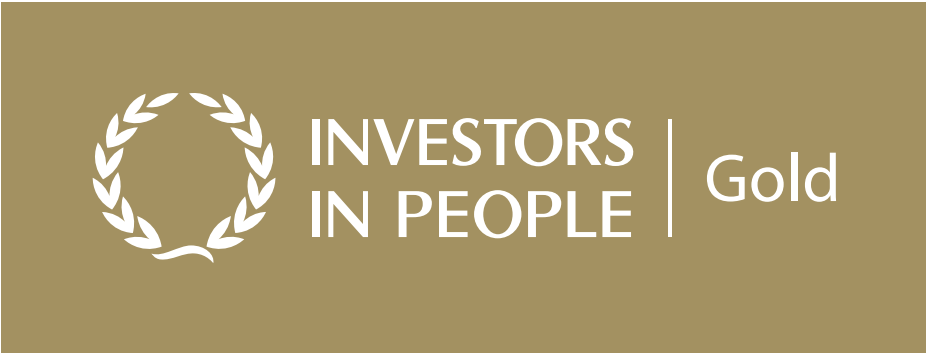09 January 2024 News
In a significant update to Part L of the Building Regulations (Conservation & Power), professionals who install, commission, maintain, monitor, and manage heating systems, are set to face a major shift in regulations concerning flow temperatures. The new guidelines emphasise that, for heating systems, flow temperatures should not exceed 55°C, and ideally, they should be kept below this threshold.
The guidelines state that,
“All parts of the system, including pipework and emitters, should be sized to allow the space heating system to operate effectively, and in a manner that meets the heating needs of the building, at a maximum flow temperature of 55°C or lower. To maximise the efficiency of these systems, it would be preferable to design to a lower flow temperature than 55°C. Where it is not feasible to install a space heating system that can operate at this temperature (e.g. where there is insufficient space for larger radiators, or the existing distribution system is provided with higher temperature heat from a low carbon district heat network), the space heating system should be designed to the lowest design temperature possible that will still meet the heating needs of the building.”
The reduced temperatures are primarily in response to new condensing boilers. The water returning to the boiler needs to be lower than 55 °C otherwise the water won’t condense and therefore it would be like having a non-condensing boiler, which defeats the point.
While this change brings about several advantages in terms of energy efficiency and environmental impact, it also introduces a new consideration for those that manage secondary hot water systems heated by them — the increased risk of Legionella bacteria formation in hot water systems due to decreased hot water flow, return and distribution temperatures. It will also have impact on the scald risk and management protocols, amongst others.
Legionella is a waterborne pathogen that can lead to acute respiratory pneumonia. The bacteria multiples between the temperatures of 20°C and 45° which is more likely as a consequence of this change.
Hot water systems face increased risk of Legionella bacteria
Dan Sutherland, Senior Water Systems & Legionella Trainer at Develop Training explains,
It is important that industry understands, communicates and provides specific risk assess guidance on each situation on its own merits. This can be challenging and so developing employee competence is part of this (partly achieved through training). Late understanding of these principles impacts businesses and individuals from a commercial, financial and personal aspect.”
He continues,
Where the hot water system represents a lower risk from legionella, reduced hot water temperature may have little impact (typically in domestic dwellings and smaller commercial settings) but in larger commercial and healthcare systems (and commonly older systems), maintaining traditional hot water flow and return temperatures of 60°C and 50°C may still be a key control.
There is also impact in the world of scald prevention and thermostatic mixing valves – can these valves now be removed in some settings? Will they continue to work effectively due to reduced supply temperatures? What is the possible impact and effect on build quality requirements, and will hot water system design change as a consequence?
We should also remember that best practice up to now has been to supply hot water to kitchens for hygiene reasons of at least 55°C.”
Legionella training a critical factor in mitigating risk
To address this concern, training providers in the Building Services industry play a crucial role in ensuring that professionals are well-informed and equipped to navigate these evolving regulations. It is essential for heating engineers and those who work with hot water systems to stay up to date with the latest industry standards, enhance their knowledge of Legionella prevention measures, and implement best practices in their installations to uphold both safety and efficiency.
As the industry adapts to these changes, Develop Training will be incorporating the latest updates into its curriculum, ensuring that heating engineers are well-prepared to meet the demands of the evolving regulatory landscape. This proactive approach will not only enhance the skills of professionals in the field but also contribute to creating safer and more energy-efficient heating systems for the benefit of both consumers and the environment.
Click here to find out more about Develop’s range of Legionella training.
Click here to find out more about Develop’s range of Gas training.










